Updated: March 2, 2020
Time to Linux. With a fresh, hale air of shellshocked optimism about it. Hello? Peppermint! The namesake operating system is an Ubuntu-based flavor of Linux, clad in Xfce and meant to be friendly. At the time of writing, all was jolly, but as it happens, today, I noticed the official page throws an out-of-date certificate error, so no direct link. Not the best start either, but the stuff you're about to read has been collected and compiled in the last few weeks.
Anyway, recently, my Linux compass has been pointing off. Not quite where it ought. Sad face. And yet, somehow, I find myself doing the tests again, trying to get the chakras all sorted and buffed. Let's see what Peppermint 10 can do. As always, the guinea pig is the eight-boot Lenovo G50 machine, with its assorted mess of Windows and Linux instances. Onward.

Live session
The distro booted fine. I found myself looking at a desktop that feels rather archaic, especially with that huge language icon represented by a country flag. This might have been cool in 2004, but it's like carrying a boombox on your shoulder now. A bit retro but in an old sort of way. The dark theme made me want to gouge my eyes out with a spoon. Gray on gray, inverted, the ultimate combo of usability, not. And you do get the nice Ubuntu fonts, which are undone by the silly contrast issues.
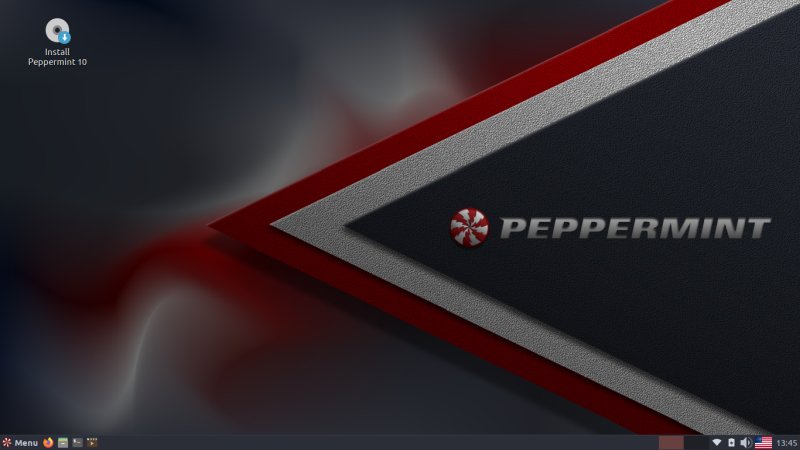
The distro feels quite snappy, Xfce in all its glory. But you can see windows being drawn on the screen, and there's transparency for inactive windows, which creates a lot of visual clutter. The oppressive dark theme does not help either.
Where's the mouse?
I noticed the touchpad was jittery. But then I realized there's no mouse option under Settings > Hardware. You actually need to open the Peppermint Control Center, and there under Keyboard & Pointer, change the options. Cumbersome, and less useful than any standard method. Of course, if you search for the word mouse in the system menu, you won't find anything.


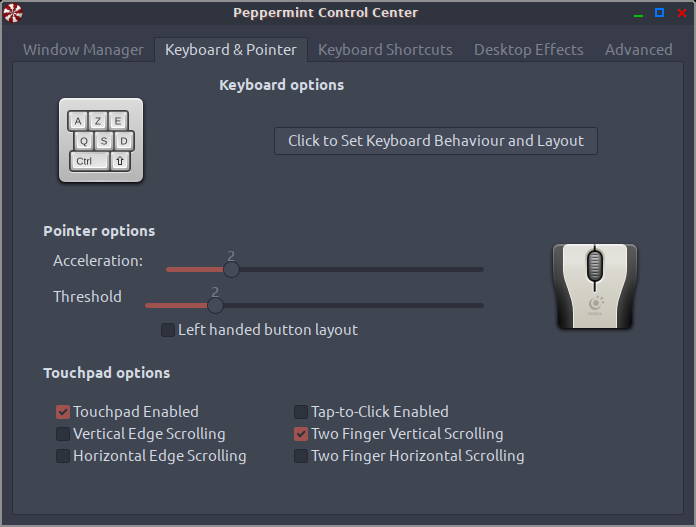
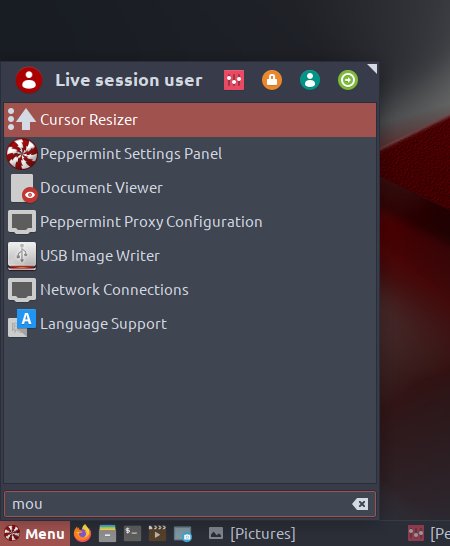
Network connectivity
All right-ish. Wireless, Samba, printing, check. Bluetooth, not check. I am not even going to bother why we have another regression in the Bluetooth stack, and why every second distro decides to glitch every second Thursday on the same hardware. Especially since so many distros share their Debian or Ubuntu roots. What Linux needs is testing, testing and testing. The boring stuff no one wants to do.


Multimedia playback
All right. HD video, MP3, no art shown at default size, but it does show if you resize the player window. Also, the player uses a hard-coded dark theme, don't want. These kind of useless bugs just kill my enthusiasm. And there's video tearing, too. Of course.
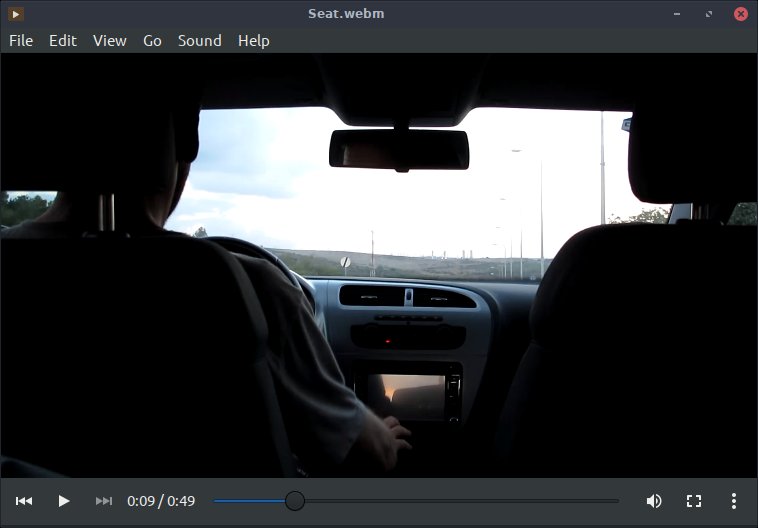


Smartphone connectivity
Good. Android and iPhone. I am no longer checking Windows Phone, because it's no longer supported, and I don't want to relive the pain each time. One issue that I have here is the URL - it shows the serial number of the device and HTML characters, and this is ugly. The kind of thing that you can use to kill off any argument as to why Linux is better on the desktop or whatever.
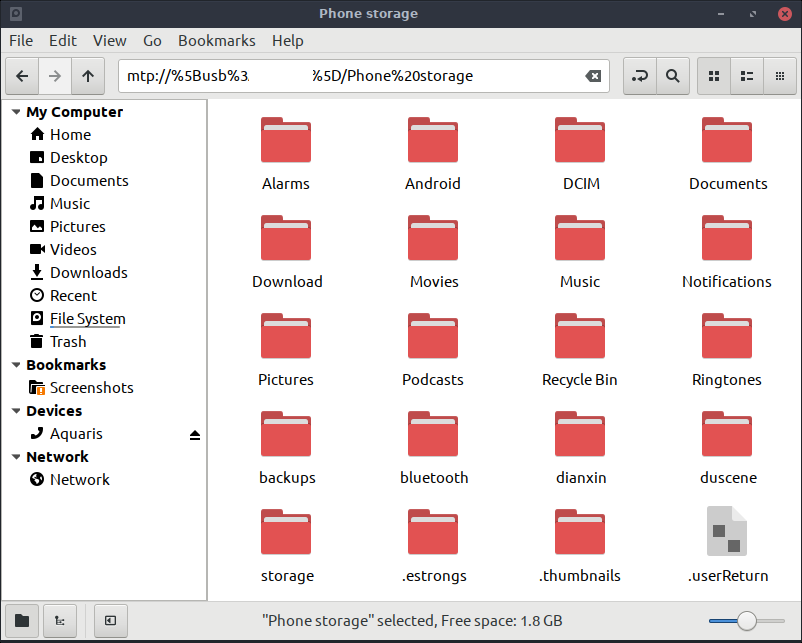
Installation
Essentially Ubuntu, with rebranding. The partition scan step and subsequent refresh after change were ultra-long. After that, the distro took about 20 odd minutes to install. But everything was chained correctly, all eight systems. Neat.



Shake 'n' bake
The boot menu is okay, a bit grainy like the middle color bar in the Peppermint logo. Then, you have the boot sequence, and instead of using the distro animation, it does like Windows - it shows the machine vendor logo splash. No text messages or noise. Nothing was preserved from the live session, not even the Wireless settings. Of course, the language was localized, which I hate.
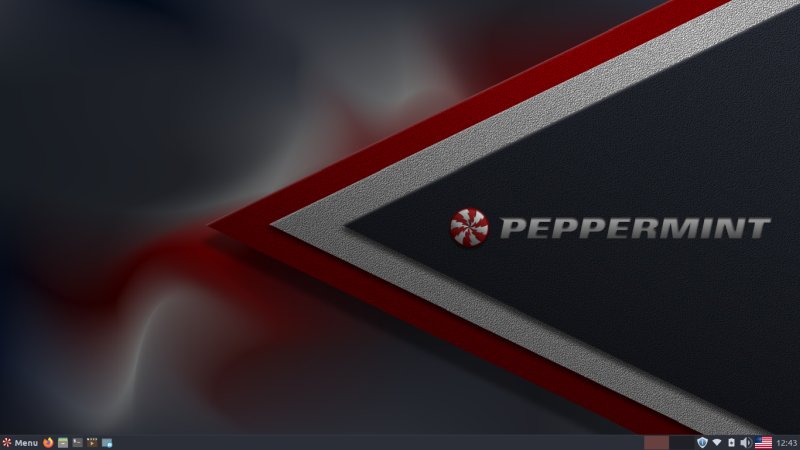
Updates
Offered right away. Fast and true. No complaints.

There can be only one - or maybe more?
When it comes to package management, Peppermint goes for quantity over quality. It has both Software and Software Manager. Now, you need to guess which one of these is a custom Peppermint thing and which one is the stock Gnome thing. Especially since we're using Xfce. Indeed.
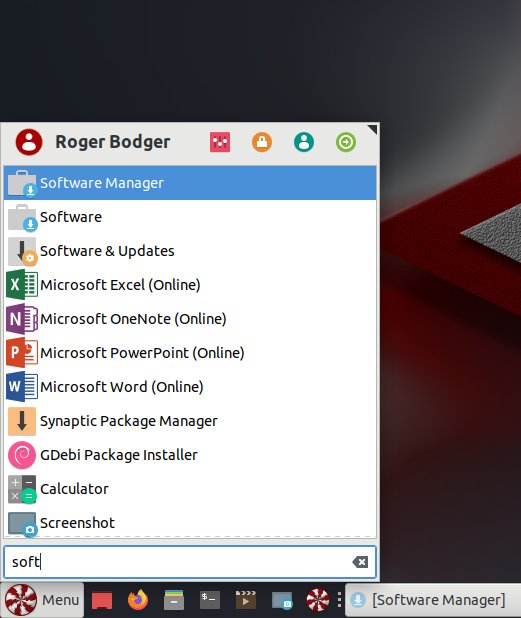
You guessed wrong. Or right? Aladeen. Software Manager is some custom tool that looks like Software from Gnome, except it is different. Same same but different. I didn't bother trying to figure out what the actually technical diff is between the two. The non-Gnome one does seem a bit nicer, and offers more relevant applications, one would think.
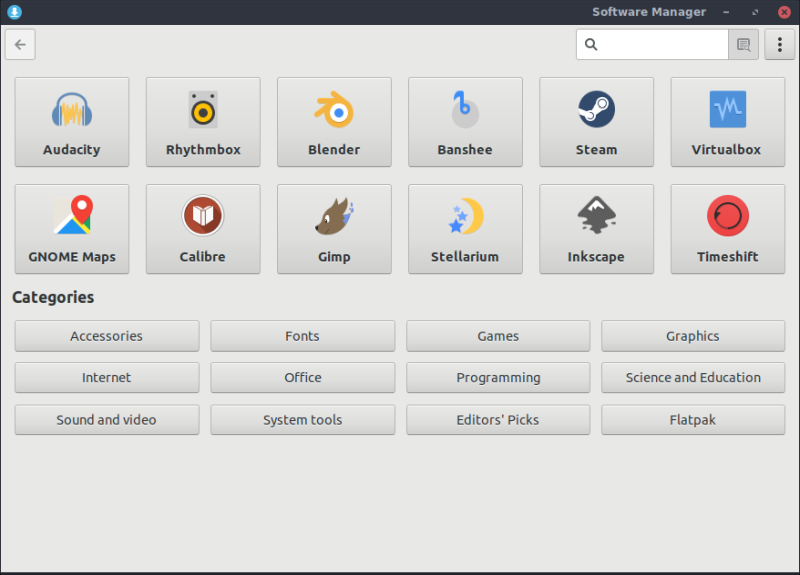
The Gnome one does not use the system theme - it uses its own Adwaita border and all that, an ancient problem that still hasn't been resolved. I wonder if there's any cardinal conflict in how these two utilities are used, but hey. The thrill of not knowing is part of the game!

Applications
The default collection is odd. You don't get much really. Peppermint 10 goes for a rather Web-y solution, with Dropbox, Google Calendar and Microsoft Online Office single-site launchers, somewhat similar to Manjaro. This is nice, but an offline capability would be nice, too.

The media player does not respect my theme.

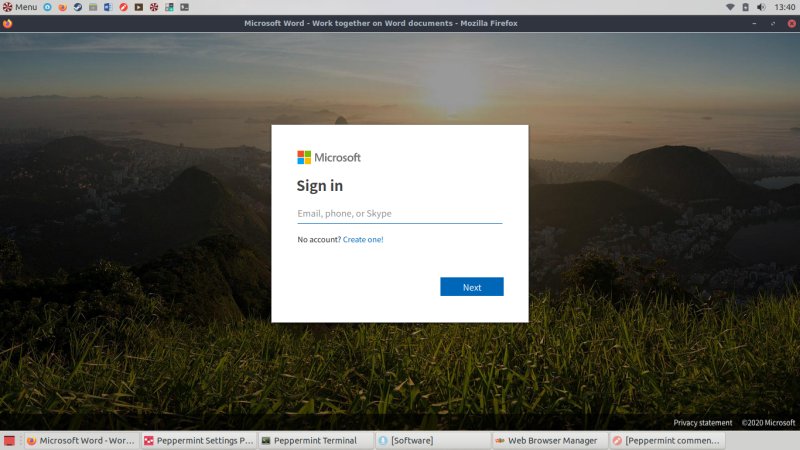
However, Peppermint comes with its own Browser Manager, which lets you install up to eight different browsers. Very cool and streamlined. And a prime example of the utter polarity of the Linux world. Almost every distro has one or two super-nice tools, which, if they were put together, could make for an amazing product. But no, every project likes to be THE distro, and let's fork some more, and in the end, you have some brilliant points which end up lost in a vast sea of chaotic darkness.
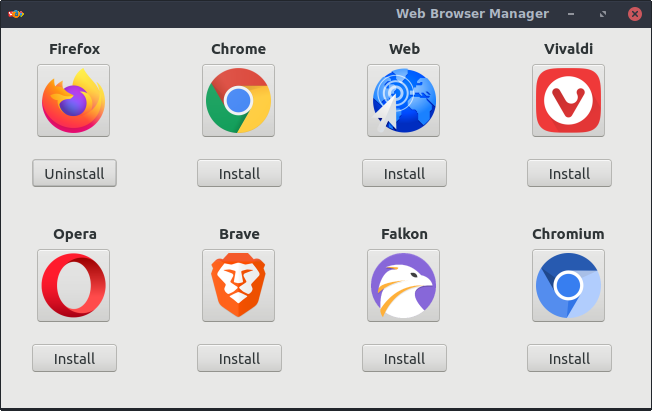
Another superb thing - Ice. This is a utility that lets you create launchers for websites - called SSB I guess. Not a new thing, but it's quite practical. For example, I iced my own website, and then you can have it as an entry in any which category in the menu, and even pin it as an application launcher to the panel. Very nice.
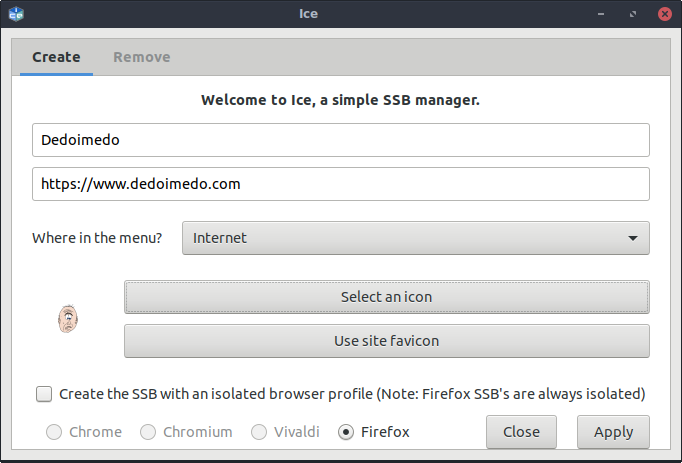
Wrong use of plural - SSB's. Should be SSB or SSBs. This spikes my blood pressure to 2,885 mm Hg.

Using the available utilities, I installed VLC, LibreOffice, GIMP and Steam. Oddly, Skype is not available, which is funny, given that you get both Chrome and Opera, which most distros don't do out of the box. But in the end, you can have a plethoraful setup of goodies.

Then, you have lots of Tweaks. Very practical. Somewhat like MX Tools in MX Linux. I like the effort, but there needs to be more cohesion and consistency - across the Linux in general. These lovely tools need to be more than one-off efforts. Alas, I doubt most of them will be adopted outside their parent distro.

Customization
This was an altogether long, painful, frustrating exercise. I will save you some of the details. In essence, I spent about two hours trying to make Peppermint behave. This wasn't easy. Any little change led to three new issues. For example, I resized the panel to discover the system area icons going all crazy and ugly. The volume icon wouldn't change, no matter which of the available icons themes I tried - light or dark. Only when I made the panel smaller - 24px, did it change and look reasonable. The same thing with the clock.
Another problem - if you change the color of the panel, the menu and the window buttons remain light-colored, so if you want to do some sort of dark-light mix like say in Plasma, you're not going to succeed. This kind of thing shows how far behind Xfce is when it comes to customization. Very 2008.

You get a bonus point for every theme light-dark inconsistency you spot.
I had to create a two-panel setup to get something with a reasonable level of visual layout and consistency. I had to use light colors - in line with the overall desktop theme, and I couldn't resize the top panel above 24 px. Then, in the bottom one, I placed the window buttons. Again, not bad, but I want something more flexible.
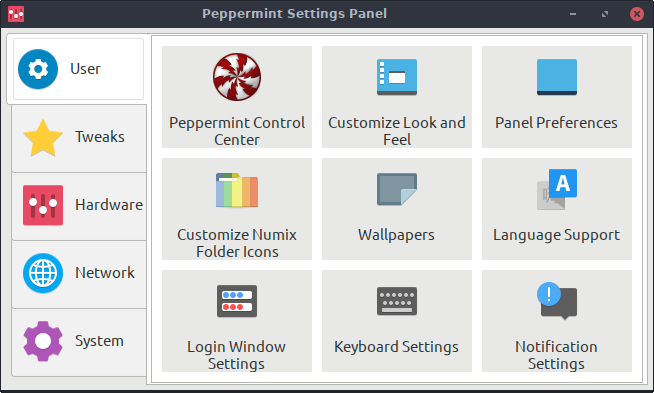
The whole visual thing feels badly stitched together.
Contrast was another issue. First, the default dark theme, nope. Second, bad font contrast with the Arc or Peppermint themes. I had to use Adwaita to get anything approaching reasonable levels of contrast. Which then leads to a whole slew of other visual artifacts.


Top: Arc, bottom: Adwaita. How can Arc be default, beats me.
The low-contrast theming also affects Firefox - I had to force-select light theme to get the normal black fonts. Infuriating. You can even notice what it looks like, before and after, by comparing the words Print and Density, for instance.
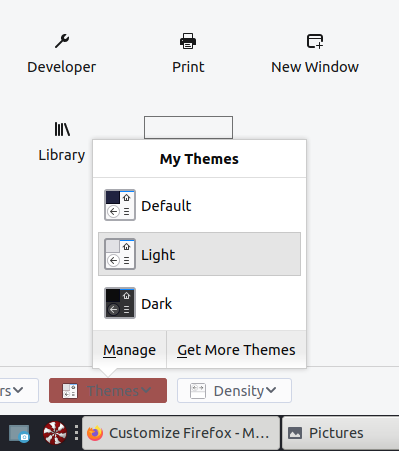
The update icon is ugly and out of place. VLC does not integrate well into the system area. And so on.
![]()
Eventually, I got there. Nice and elegant. No reason why Peppermint should do the same, except it seems to cater to the dev audience, which likes their stuff dark or whatever. And this is exactly the opposite of what any typical, mainstream user does, so we have instant alienation of any one of 90% of Windows users who might be inclined to give Peppermint a try, by luck, chance or cosmic coercion.

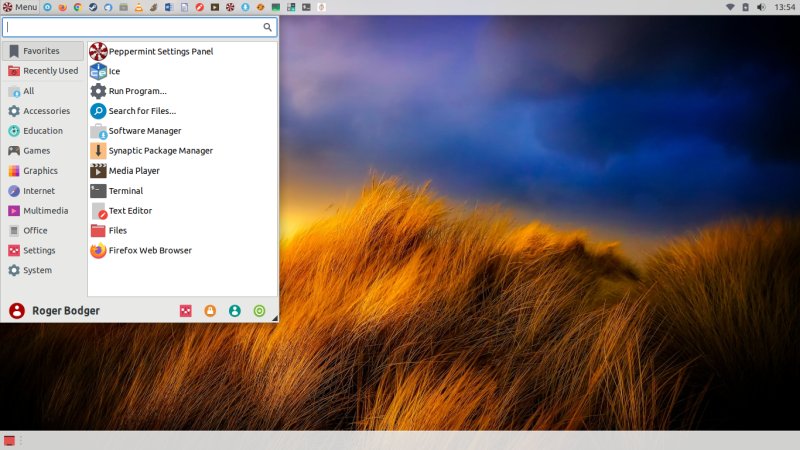
Hardware compatibility, stability
No complains. Everything worked. Fn buttons, suspend & resume. Nice.
Performance & resource
Lightning fast. Definitely one of the sprightlier distros, including among the different Xfce flavors. Now, the real test would be running it on my eeePC netbook, which enjoys a glorious revival under MX-18. But to focus on what we have here: speed, speed and more speed. The CPU ticks nought when you do naught, and memory usage on idle is about 400 MB. Very lean.

Battery life
Power management is wonky. No auto-dimming when you unplug, and when you are connected to the wall socket, the screen never goes off. It kept on blasting photons for houser and hours on end, with no screensaver or anything like that. At 50% brightness and light usage, the battery indicated 2 hours. This is with a cell that has degraded to about 55% of its total capacity. So the actual usage for a new unit would be 4 hours. A good result, even though some Plasma and Xfce distros can do better. But not bad.

Conclusion
Peppermint 10 is a weird distro. It's got some rather amazing points, but it's also rather precariously built, and any change from the baseline ruins the whole deal. On the bright side, you get reasonable connectivity on all fronts, network, media and phone, the installation is simple, and there are a lot of goodies available, even if the default set of apps is slim. Speed, another killer feature.
Alas, Peppermint simply tries too hard, and there are way too many visual glitches and oddities to make for a pleasant user experience. It's distracting, with an awful choice of theme and decorations. Then, you have Xfce resisting you all the way as you try to make it budge away from its 2005 nostalgia. There are also actual bugs all over the place, all of which detract and reduce the efficiency and fun factors. It can be tamed, but it's a chore, and you can have the same just by choosing a different distro in the family. Shame, because the jumbled effort thrown almost casually at the presentation layer undoes the really cool features included in the system, like Ice, the non-default (Aladeen) package manager, and the sprinkling of unique utilities and options. All in all, Peppermint 10 deserves 6/10, but it could easily get so much more if it manages to provide more consistency. On the cusp between hale and bitter. We're done.
Cheers.